
2020/3/3 Figure 2.8 shows the angles of repose of the various materials used in a blast furnace. Coke has the steepest angle of repose, pellets have the lowest angle of
获取价格
2024/6/15 Concurrently, as coke ratios decrease, coke deterioration becomes more pronounced; this significantly affects the smelting process and increase the demand for
获取价格
Former AHM blast furnace in Port of Sagunt, Valencia, Spain. A blast furnace is a type of metallurgical furnace used for smelting to produce industrial metals, generally pig iron, but also others such as lead or
获取价格
2023/2/15 The process energy consumption of blast furnace ironmaking accounts for 45–60% of the total energy consumption of the iron- and steelmaking process, which is the key point of energy conservation in the iron and steel industry (Fig. 1).The energy input into the blast furnace ironmaking mainly contains coke, fuel injection, electricity, blast,
获取价格
2020/1/25 Several studies on lead blast furnaces, using sinter as feed, indicate that the majority of reduction reactions occur in the region where the temperature exceeds 800 °C, labelled “melting zone” in Fig. 1, since feed material starts to melt there [3,4,5,6,7,8,9].This illustrates the importance of reactions between liquid slags, rich in
获取价格
2016/9/3 Coke quality is of fundamental importance in the operation of blast furnaces. Having coke that is of high quality with respect to its role as a reducing agent, a heat carrier, and a material which imparts good gas permeability to the charge is an important precondition for the stable operation of blast furnaces (BFs). ... Download
获取价格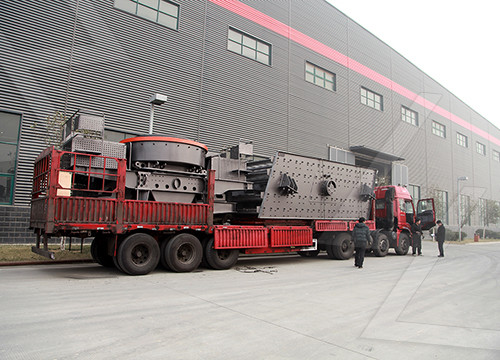
2024/7/18 Blast furnaces produce pig iron from iron ore by the reducing action of carbon (supplied as coke) at a high temperature in the presence of a fluxing agent such as limestone.Ironmaking blast furnaces consist of several zones: a crucible-shaped hearth at the bottom of the furnace; an intermediate zone called a bosh between the hearth and
获取价格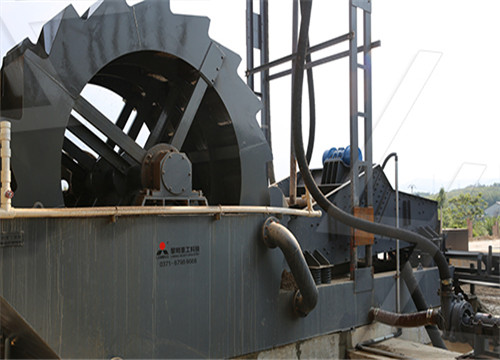
2017/10/10 In the upper region of the blast furnace where temperature range from 600 to 700 C. the iron ore or iron oxide is reacts with the gaseous CO reductant to produce iron: Fe 2 O 3 (s) + 3CO(g) → 2Fe + 3CO 2 (g) Lower in the blast furnace where higher temperatures occur, the iron ore may react directly with the coke or carbon:
获取价格
Its function is to keep the buffer reserve of raw materials required for continuous operation of blast furnace, screen and weigh iron ore, coke, and auxiliary raw materials under the tank respectively, and load the prepared raw materials and fuels into the furnace top charging equipment in batches according to the needs of blast furnace ...
获取价格
In order to reduce the cost of running blast furnaces (BFs), injected pulverized coal is used rather than coke to fire BFs. As a result of this, unburned fine materials are blown with the gas into the bosh and dead man areas with possible detrimental effects on gas flow and permeability of the coke column.
获取价格
2023/2/23 The modern world uses shocking amounts of steel. The input requirements for 16th century blast furnaces were large. Though fuel consumption had fallen to roughly the level of the bloomery furnace (initially it used much more fuel than a bloomery), producing a ton of pig iron still required roughly 4.5-5 tons of charcoal, and 5.5-7 tons of
获取价格
2018/6/21 The individual chemical processes in the blast furnace are described in more detail in the following sections. To generate the necessary heat and the reducing carbon monoxide gas (\(CO\)), the coke is burnt in the lower part of the blast furnace with the supply of the hot-blast. The carbon (\(C\)) contained in the coke initially reacts with
获取价格
2023/6/4 Globally, almost 90% of CO2 emissions of ‘primary steelmaking’ come from use of coal/coke in the blast furnaces. More than half of the energy from this carbon is used to provide energy for heating and generation of electricity. ... Download citation. Received: 10 October 2022. Accepted: 08 May 2023. Published: 04 June 2023. DOI:
获取价格
Molten iron is produced in a blast furnace by the following steps: 1. Charge (solid iron ore, coke, and limestone) is constantly dumped into the top of the furnace. 2. A blast of hot air is blown into the furnace from the bottom. 3. Coke is the fuel that supplies additional heat, increasing the temperature of the charge. 4.
获取价格
2024/6/15 Analyzed coke's structural evolution in blast furnaces. • Explored coke's reactivity and microstructure changes. • Highlighted the effects of alkali metals and zinc on coke. • Discussed coke's role in modern, sustainable ironmaking. • Proposed a new coke quality evaluation system.
获取价格
2022/2/3 Coke is an indispensable material in the blast furnace (BF) iron-making, playing a crucial role in providing heat for the blast furnace operation, providing carbon monoxide for reduction, carburizing to the iron, and supporting the furnace stack to keep it permeable [1,2,3,4].Then the degradation and fines generation of coke is carried out at
获取价格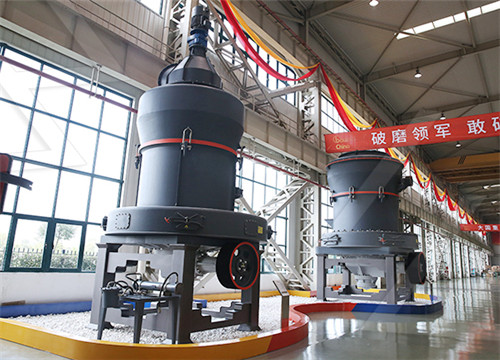
2023/6/4 Globally, almost 90% of CO2 emissions of ‘primary steelmaking’ come from use of coal/coke in the blast furnaces. More than half of the energy from this carbon is used to provide energy for heating and generation of electricity. ... Download citation. Received: 10 October 2022. Accepted: 08 May 2023. Published: 04 June 2023. DOI:
获取价格
Molten iron is produced in a blast furnace by the following steps: 1. Charge (solid iron ore, coke, and limestone) is constantly dumped into the top of the furnace. 2. A blast of hot air is blown into the furnace from the bottom.
获取价格
2024/6/15 Analyzed coke's structural evolution in blast furnaces. • Explored coke's reactivity and microstructure changes. • Highlighted the effects of alkali metals and zinc on coke. • Discussed coke's role in modern, sustainable ironmaking. • Proposed a new coke quality evaluation system.
获取价格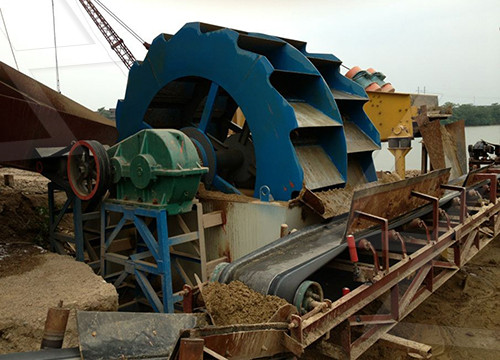
2022/2/3 Coke is an indispensable material in the blast furnace (BF) iron-making, playing a crucial role in providing heat for the blast furnace operation, providing carbon monoxide for reduction, carburizing to the iron, and supporting the furnace stack to keep it permeable [1,2,3,4].Then the degradation and fines generation of coke is carried out at
获取价格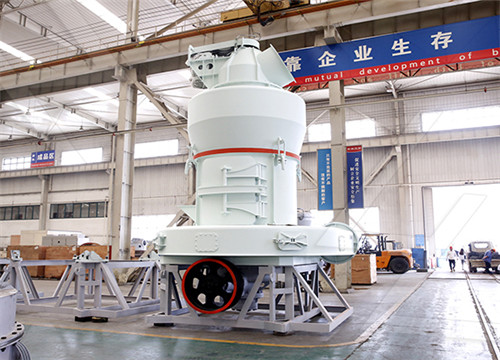
2018/1/19 Blast furnace ironmaking process consumes a lot of iron ore and coal. Coal must be coked then it can be charged into the BF top because BF cannot directly consume powders at the top [].About 90% of the coke produced from blends of coking coals is used to maintain the blast furnace operation and it has three major roles in blast
获取价格
2023/6/15 where P is the daily output of ironmaking blast furnace (ton/day and night), ν is the bosh gas volume (m 3 /ton), and χ is the bosh gas volume index, generally 58–66 m/min.. The size ratio of each part of the inner shape of the ironmaking blast furnace is D/d = 1.1–1.2, d 1 /D = 0.62, d 1 /d = 8.7, the shaft angle is 80–81°, and the bosh
获取价格
2013/11/22 The modern blast furnace (BF) operating with a low coke rate is an efficient processing unit primarily because of the intrinsic characteristics of a counter-current gas-solids reactor. A successful use of this concept needs that each of the materials charged to the furnace be of uniform physical character, and have a uniform
获取价格
2023/6/15 The blast furnace injection process system is mainly composed of raw coal storage and transportation system, dry gas preparation system, pulverized coal preparation system, pulverized coal conveying system, pulverized coal injection system, and gas supply system (Fig. 1).There is also a computer control center to control the entire
获取价格
2015/12/27 The introduction of DK coking additive to the coal batch improves the metallurgical properties of the coke produced. The quality of coke produced exclusively from DK additive permits its effective use. When introduced in the axial zone of the charge hole, it forms an axial ventilation region and thus the hearth may be packed with coke
获取价格
2022/8/27 Blast furnace gas, also called top gas, is the combustible gas produced in blast furnace ironmaking, an important gas fuel in an iron and steel complex.Pure blast furnace gas is colorless and tasteless, with a density of about 1.3 kg/m 3.The blast furnace gas composition and calorific value are related to the blast furnace fuel, the variety of
获取价格
Monitoring the blast furnace is paramount to producing a quality product. Sulphur in steel is an undesirable residue that negatively affects properties such as ductility, toughness, weldability and corrosion resistance [2, 6, 12, 15, 21, 24,25,26].In recent years, the demand for steels with higher toughness and ductility has increased, and low sulphur content is
获取价格
The blast furnace still dominates the production and supply of metallic units for steelmaking. Coke and coal used in the blast furnace contribute substantially to CO2 emissions from the steel sector.
获取价格
The blast furnace is the first step in producing steel from iron oxides. The first blast furnaces appeared in the 14th century and produced one ton per day. Even though equipment is improved and higher production rates can be achieved, the processes inside the blast furnace remain the same. The blast furnace uses coke, iron ore and
获取价格
2016/10/1 Download full-text PDF Read full-text. Download full-text PDF. Read full-text. Download citation. Copy link Link copied. ... History of blast furnace for reducing coke rate and CO2 emissions. ...
获取价格قواعد انتاج قوية، وفيرة الخبرة في التصنيع وفريق البحوث المهنية تساعد التنمية في عمق آلات التعدين. كلا النوعين المنتجات والنماذج قادرة على تلبية جميع مطالب في هذه الصناعة، وضمان الجودة وتسليم المعدات.
إذا كنت مهتمًا بشركتنا أو منتجاتنا ، فسيقوم موظفونا بتزويدك بإخلاص بمعلومات المنتج ومعرفة التطبيق والخدمة الجيدة.
بودونغ ، شنغهاي ، الصين